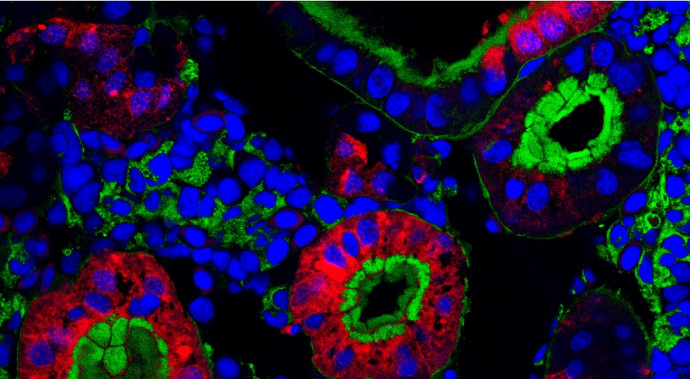Kidney kickstarter: new stem cell discovery is the first step towards kidney bioengineering

Associate Professor Alan Davidson from the University of Auckland has discovered a new source of kidney stem cells in developing embryos. Using zebrafish, he will characterise these cells and determine if they can be exploited to develop new therapies for human kidney disease.
Published 8 November 2018

Associate Professor Alan Davidson (Photo: provided)
The kidneys play a crucial life-sustaining role in filtering and purifying the blood. New Zealand has a high rate of kidney disease, with Māori and Pacific populations at particularly high risk. There is an urgent need to develop new therapies to treat kidney disease. One possible avenue is using kidney precursor (or stem) cells to regenerate kidneys for affected patients. However, we need a better understanding of how kidneys normally form in an embryo to develop a system to bioengineer new kidneys.
During embryonic development, different stem cells migrate from particular developmental structures to other sites to form the various organs found in an adult. From studies dating back 150 years, we thought we knew where kidney stem cells came from in the developing embryo. However, Associate Professor Alan Davidson at the University of Auckland has discovered a new source for kidney stem cells in another region of the embryo. Using zebrafish as a model, he has shown that these recently identified cells can form new functional tissue when transplanted into damaged kidneys.
Associate Professor Davidson has been awarded a Marsden Fund grant to characterise these kidney stem cells from zebrafish. He will use molecular techniques to assess their origin in developing embryos and determine how they differ from other stem cell populations. A fundamental understanding of these novel cells is crucial to determine whether they can be exploited to develop new therapies for human kidney disease.
